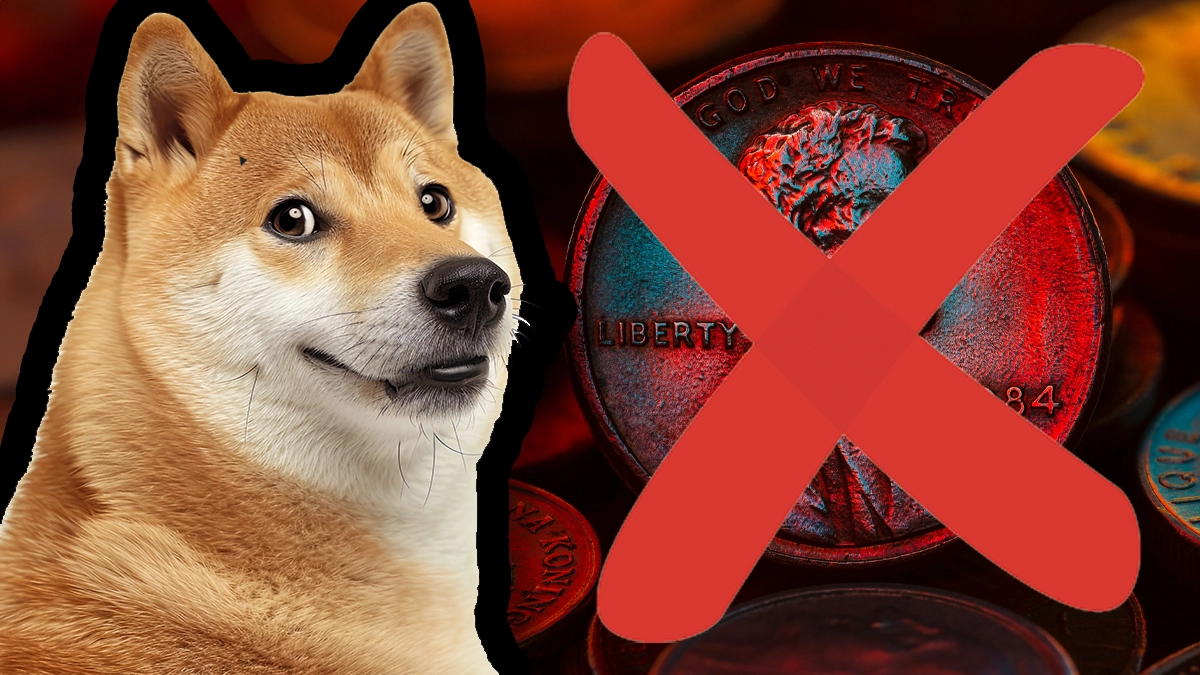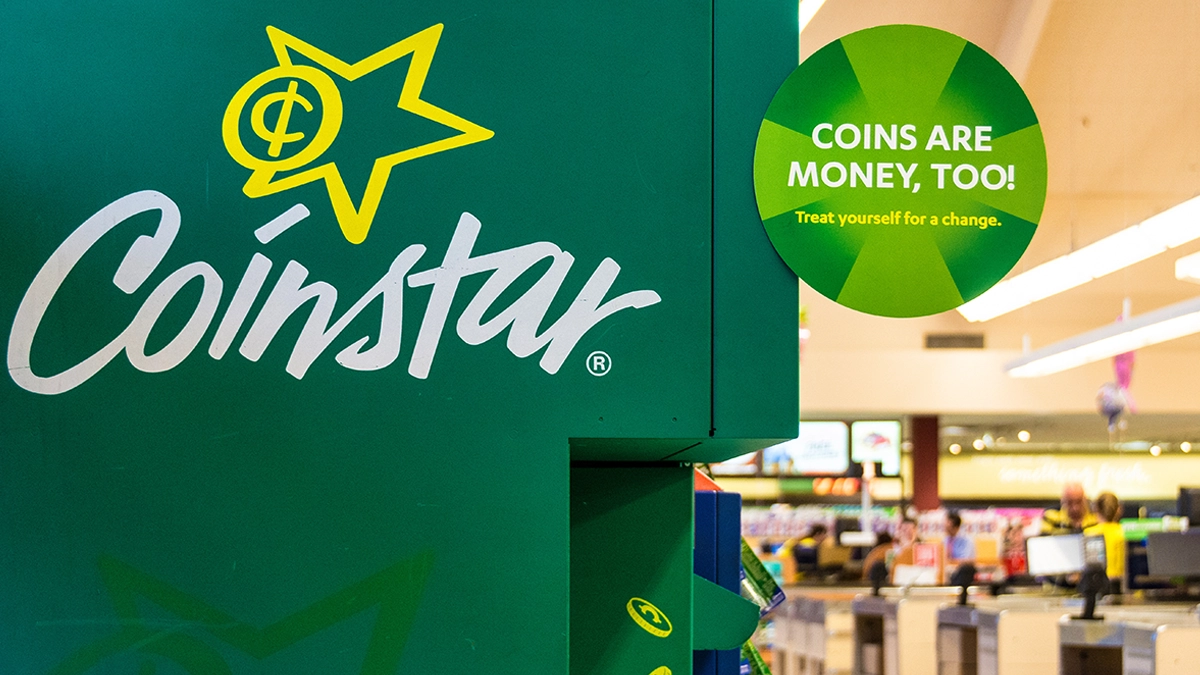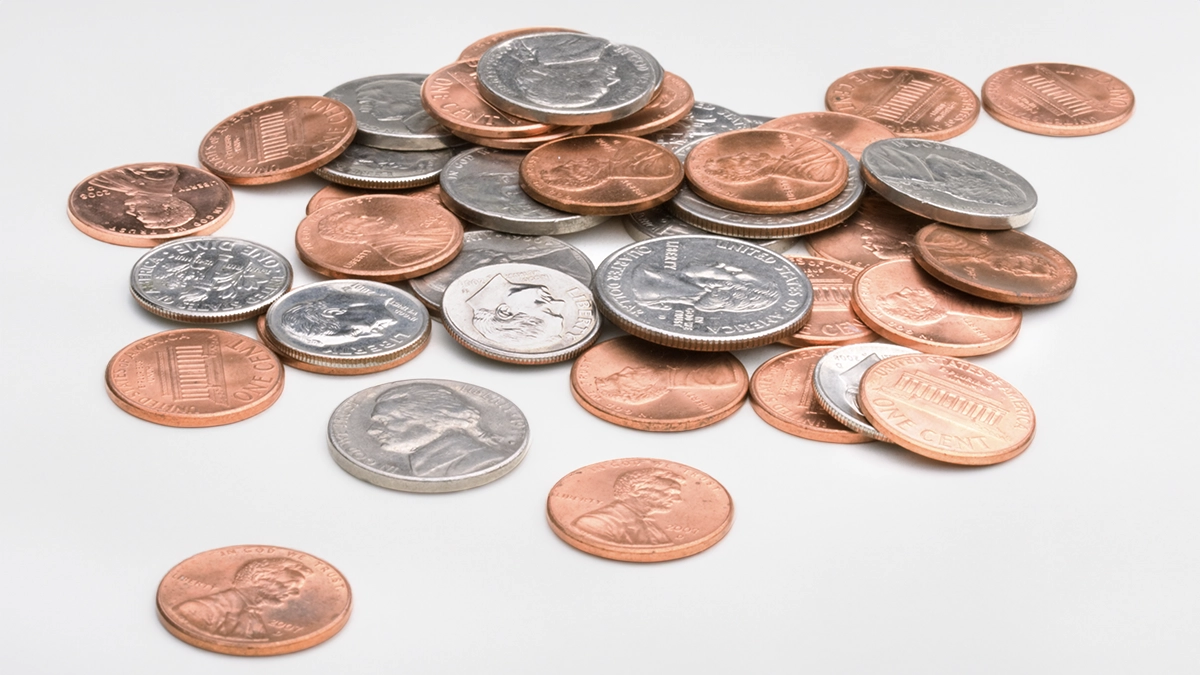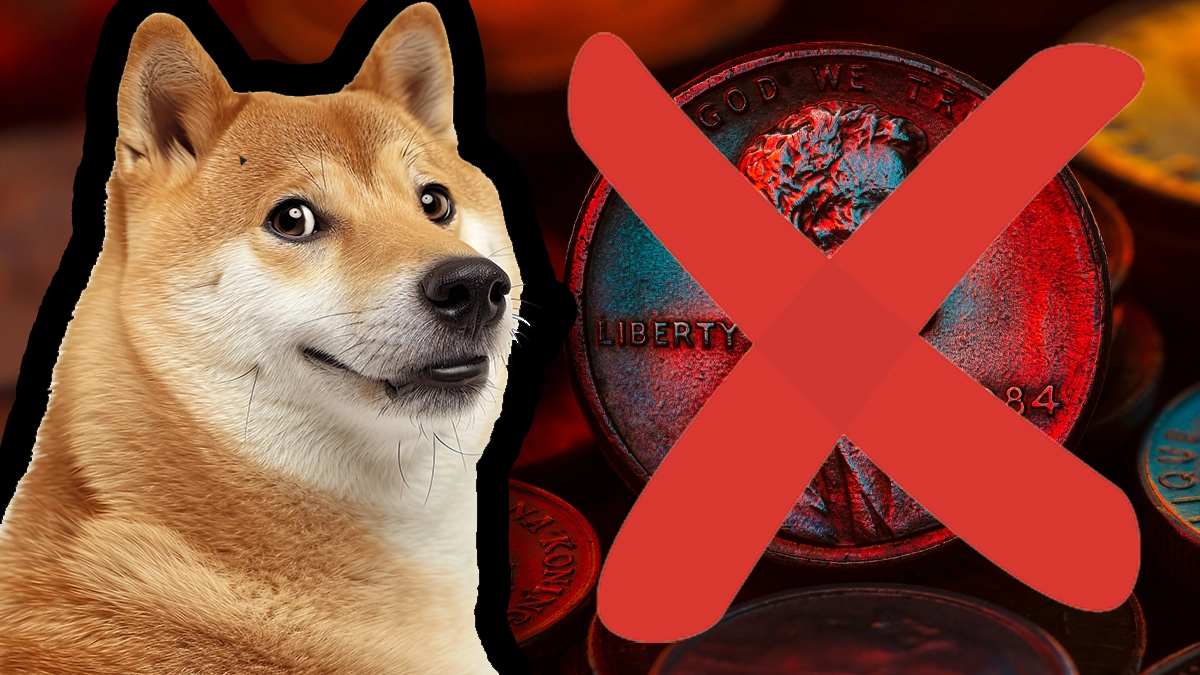
By Charles Morgan and Hubert Walker for CoinWeek …..
Three major events took place on Super Bowl Sunday. The Philadelphia Eagles denied the Kansas City Chiefs a historic three-peat; rapper Kendrick Lamar distilled his singular talent as a top-tier lyricist and hitmaker into a 13-minute medley infused with cultural criticism and more than a few shots at his 2024 nemesis, Drake; and President Donald Trump announced that he would eliminate production of the penny as part of his Administration’s aggressive push to cut federal spending and eliminate programs that do not align with his brand of politics.
As numismatic journalists, we have taken the position for years that the penny outlived its usefulness long ago. The coin is no longer accepted in vending machines, has no real purchasing power, and often gets stashed away in coin jars or just left at the point-of-purchase. You know the old expression, “Find a penny, pick it up, and all day you’ll have good luck”? When was the last time you picked up a penny off of the sidewalk? Better yet, when was the last time you used one for anything other than dumping them into a Coinstar machine?

Truth is, for many Americans, physical money has become secondary tender. Less convenient than debit or credit cards, physical coins and cash are more often used in a pinch or for specialized purposes. For 30 million of America’s unbanked people, however, cash and coins are still king.
The Penny’s Historic Legacy
According to Article 1, Section 8 of the United States Constitution, Congress has the sole authority to coin and regulate money. To carry out this obligation, the bicameral legislative body established the United States Mint with the passage of the Coinage Act of April 2, 1792. Given to the Mint was the mandate to produce coins for depositors in gold, silver, and copper. The monetary system that Congress laid out was based on bimetallism and tied the value of silver to gold at a ratio of 15:1. The size of copper coins was based on the prevailing price of copper along with its import costs. In the 18th and early 19th centuries, the cent was struck using copper blanks imported from England.
The cent and the half cent were among the first coins struck under the authority of the Constitution. The first cents measured 27 mm and weighed 13.48 g, while the half cent measured 22 mm and weighed 6.74 g. By the mid-1850s, the rising costs of copper doomed the half cent and caused Congress to reduce the weight of the size of the cent to 19 mm in 1856. At the time of this change, the country was awash in California gold and silver was plentiful. Yet within five years, the Civil War drove coins almost completely out of circulation. Paper money took its place.
With peace, coinage gradually returned. It took more than a decade for silver and gold coins to flow freely, and then James B. Longacre’s Indian Head design had entered into its third decade of use. This type would give way to Victor David Brenner’s Lincoln Wheat Cent in 1909.
For more than a century, Lincoln has been the face of the cent, and over that time, other Presidential effigies followed on other denominations. Today, former Presidents dominate our coinage.
The cost of the cent has been a problem for the denomination for much of the past 50 years. In 1973-74, Congress toyed with the idea of eliminating the denomination or at least changing the composition to a cheaper metal. When copper prices softened, the momentum for penny reform softened as well. Eight years later, Congress finally acted and changed the composition of the cent from bronze to copper-plated zinc. Without this change, it is doubtful that the cent would have survived a quarter of the way through the 21st century.
Using the Mint’s accounting methodology, the cent has cost more to produce than its face value every year since 2005. Before COVID, the cent peaked at a cost of 2.4¢ per coin in 2011. The cost per coin softened for the remainder of the decade, but has doubled since 2020.
Eliminating the Cent and the Consequences for Every Other Circulating Coin

The United States Mint makes money (literally) and makes money (literally, but in a different way) for the Treasury Department. It does this by producing coins at a profit. This profit, called seignorage, is the difference between the cost of the coin and its legal tender value.
According to the latest data, which the Mint published in 2024, the cost to produce each nickel is 13.8¢, the cost of each dime is 5.8¢, and the cost of each quarter is 14.7¢. Built into these figures are costs for planchets and other coin-striking materials, artists and engravers, press operators, security and logistics, facilities management, and administrative personnel. Eliminating the cent would solve the “3¢ for every 1¢” problem, but it would also shift costs to the other denominations, greatly exacerbating the nickel problem and eroding seignorage for the dime and quarter – possibly making the dime more expensive to produce than face value within a few years.
Do we then eliminate the nickel and the dime in turn? What is the logical conclusion to this chain of events?
Other major mints have faced this same issue, but their approach to coinage is less conservative than ours. The 50-cent coin widely circulates in Europe, as do the 1 Euro and 2 Euro coins. The Royal Canadian Mint eliminated its cent in 2012, but its $1 and $2 coins see heavy circulation.
In the United States, the continued production of the $1 Federal Reserve Note (which costs 3.2¢ to make but has an expected lifespan of just under seven years), precludes the possibility that the public would adopt the existing $1 or any hypothetical $2 coin.
A potential solution might be to set up the nickel as the new “cent” and change its composition to lessen the cost. Simultaneously, the public could redeem old cents and nickels while the Treasury works with financial institutions to remove the current versions of these coins from circulation. In addition, Congress could introduce a smaller half-dollar coin to compliment the “Big 3” above. Such a move would require buy-in from the vending industry, which is something that Congress has struggled to obtain since the release of the Susan B. Anthony Dollar in 1979.
But without further reforms to our coinage system, eliminating the cent doesn’t make sense.
* * *


